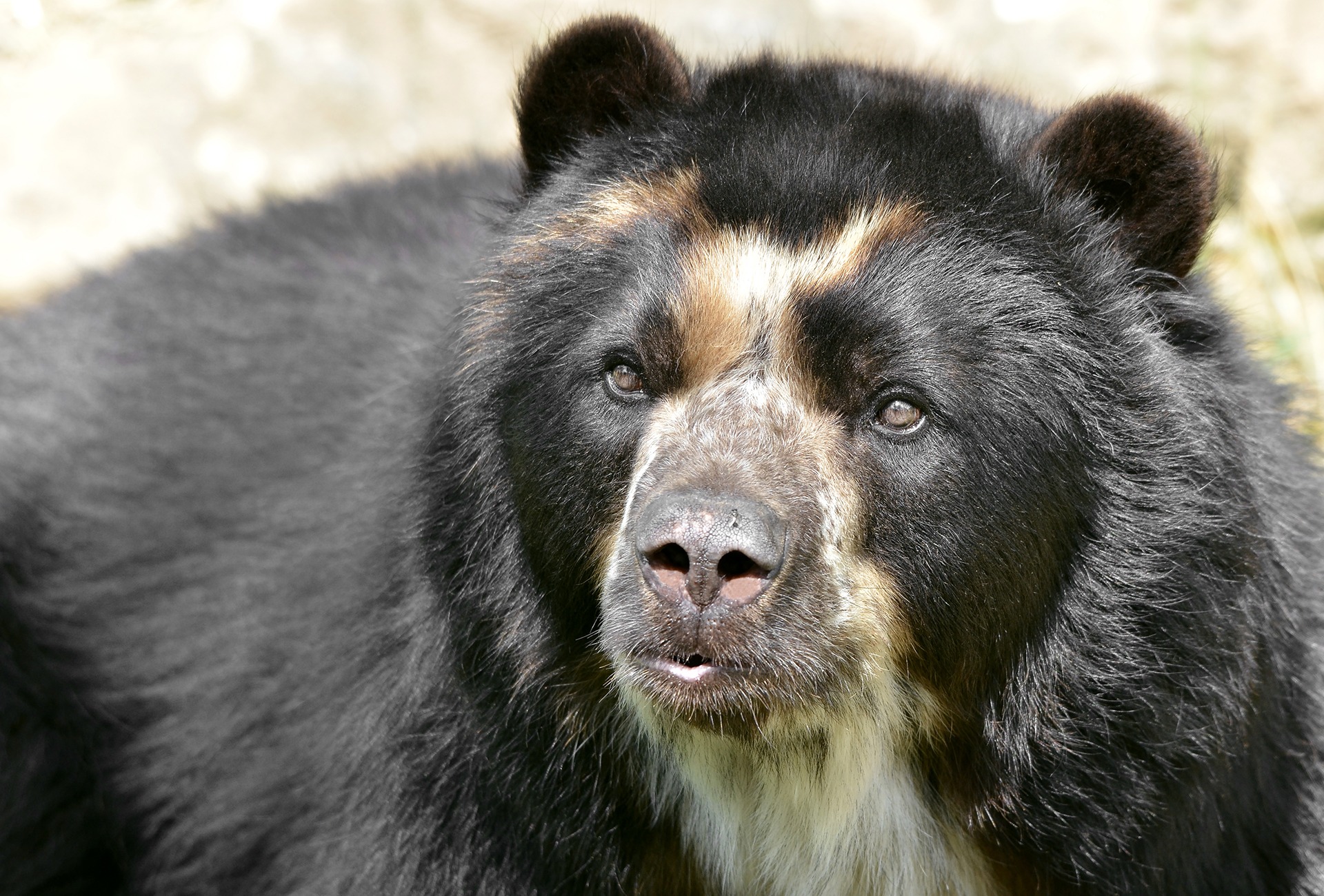
Save Colombian Wildlife from Deforestation
Support More Work Like ThisSupport More Work Like ThisA rare Andean cloud forest is under siege as deforestation and degradation encroach on this vital habitat in the Colombian Andes.
-
Species at Risk
Bolitoglossa tatamae (EN), Magnolia espinalii (CR), Magnolia chocoensis (EN), Black-and-chestnut Eagle (EN), Colombian Lightbulb Lizard (EN), Spectacled Bear (VU)
-
Carbon stored
10,641,895 mT*
*(metric tons of CO2 equivalents) -
Partner
Wildlife Conservation Society–Colombia
-
44,735 Proposed Acres Conserved by
Designation
-
Project Cost: $1,279,756
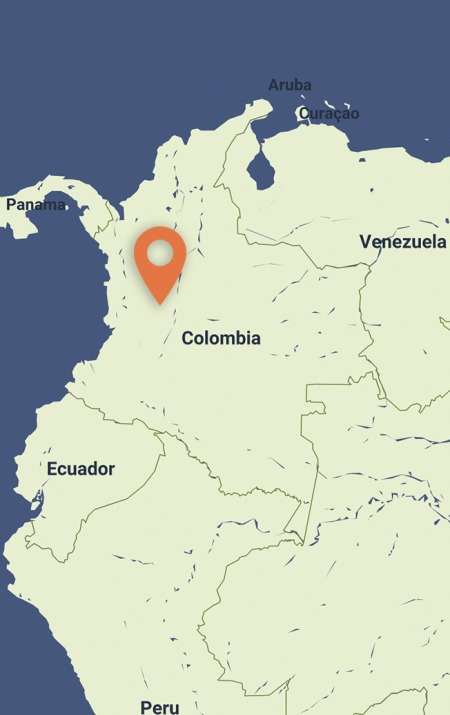
44,735
A rare Andean cloud forest is under siege as deforestation and degradation encroach on this vital habitat in the Colombian Andes.
-
Species at Risk
Bolitoglossa tatamae (EN), Magnolia espinalii (CR), Magnolia chocoensis (EN), Black-and-chestnut Eagle (EN), Colombian Lightbulb Lizard (EN), Spectacled Bear (VU)
-
Carbon stored
10,641,895 mT*
*(metric tons of CO2 equivalents) -
Partner
Wildlife Conservation Society–Colombia
-
44,735 Proposed Acres Conserved by
Designation
-
Project Cost: £1,057,653

44,735
The forested eastern slopes of the Andes Mountains in Colombia are an excellent example of now-rare natural Andean cloud forest ecosystems. Located at the junction of the Andean Chocó and the Tropical Andes, the Cuchilla de San Juan protected area is key to Colombia’s ecosystem connectivity. This important hotspot creates a home for many endemic and threatened wildlife species and is vital for conserving and providing water to local communities.
This area was isolated for 20 years as armed conflicts swept across the land and kept much of it inaccessible and off-limits for conservation. After a peace agreement was signed in 2016 and an extensive effort took place to remove landmines, the region opened up to activities degrading and threatening the habitat. Today, expansion of the agriculture frontier, road development, mining, illegal selective logging of high-value timber trees, orchid harvesting for illicit trade and water pollution pressure this fragile landscape.
Explore Cuchilla de San Juan
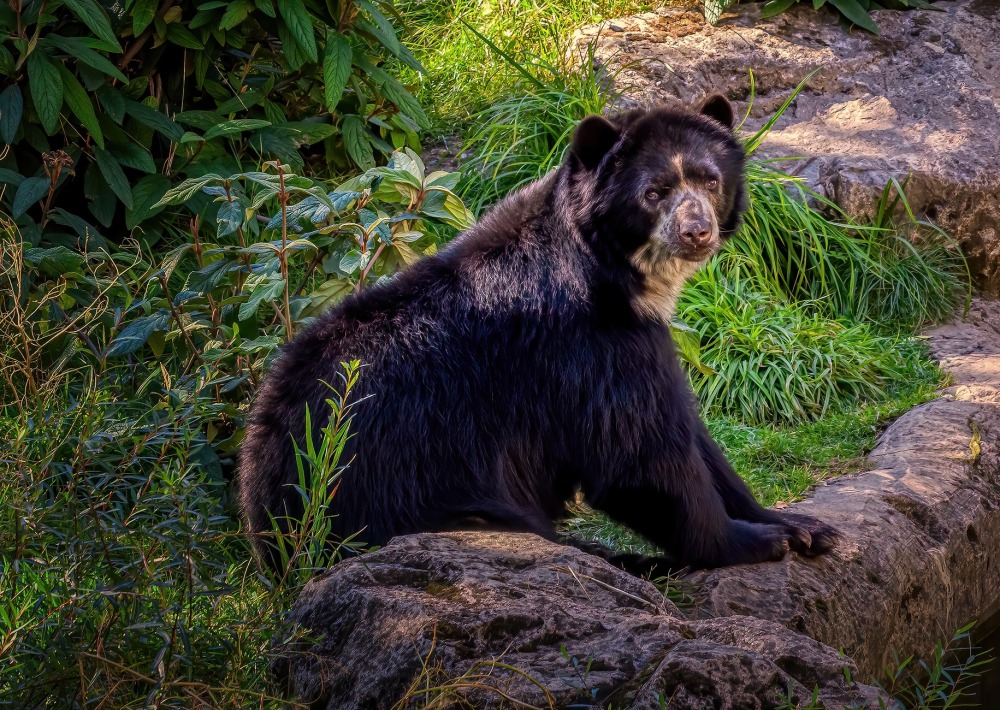
Young Spectacled Bear or Andean Bear, by mspicsandmore
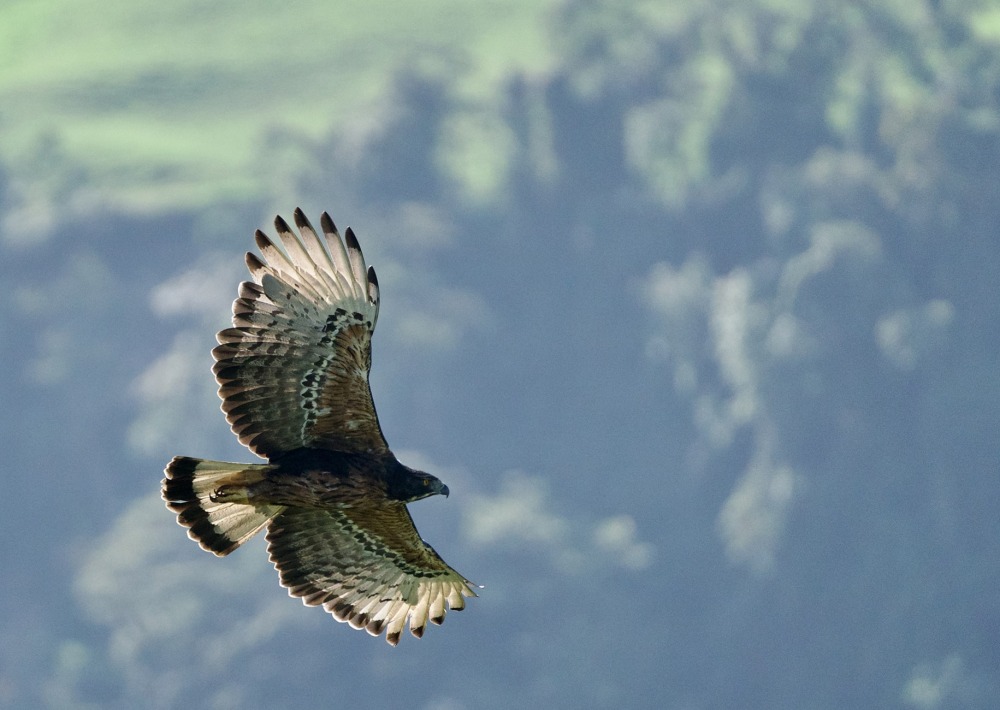
Black-and-chestnut Eagle, by jeremaixs
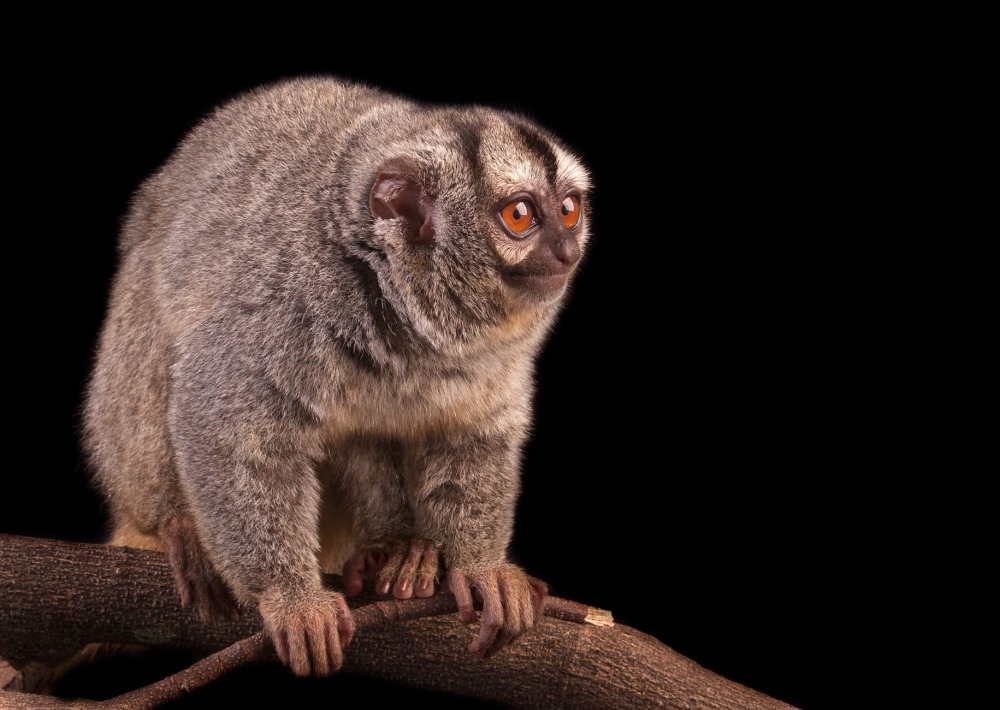
Colombian Night Monkey, by Guillermo Ossa
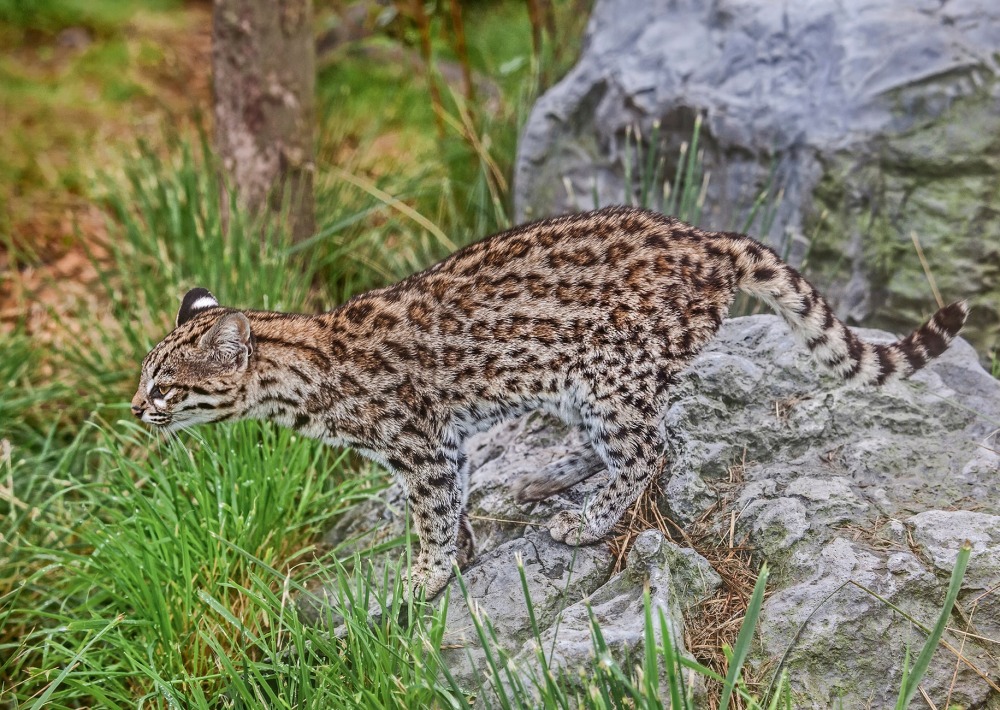
Northern Tiger Cat, by Rod Williams

Landscape of the project site, by partner WCS
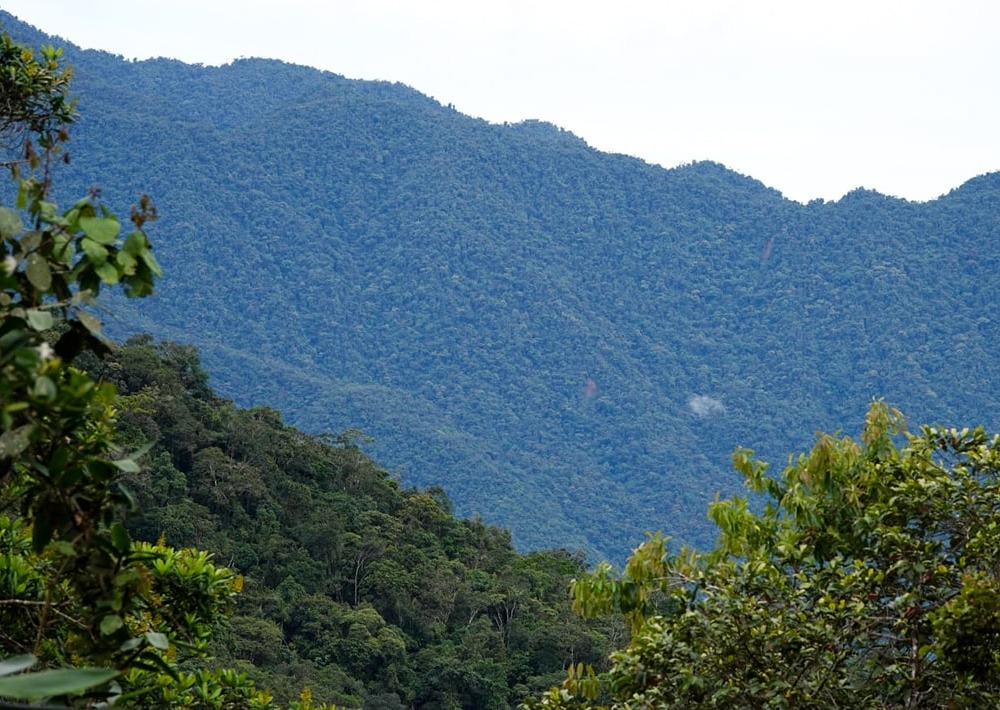
Landscape of the project site, by partner WCS

Landscape of the project site, by partner WCS
Did you know?
Plant and animal species are found here
Save Rare Birds, Amphibians and Magnolias
The high-quality forest here is home to exceptional biodiversity, including top predators such as Puma, the Vulnerable Spectacled Bear and four species of Neotropical Hawk-Eagles, like the Endangered Black-and-chestnut Eagle. The Vulnerable Northern Tiger Cat and Colombian Night Monkey also find refuge here. In addition, three Endangered endemic amphibians (a salamander and two frogs) depend on this rich ecosystem. Among several threatened magnolia species, a Critically Endangered endemic magnolia, Magnolia espinalii, has fewer than 100 individuals surviving in a restricted range on the expansion area. Agricultural expansion and road development threaten all flora and fauna.
Connecting Ecosystems
The Cuchilla de San Juan expanded protected area is a vital link in a latitudinal corridor of natural ecosystems along the western Andes. It is strategically located adjacent to national and regional protected areas such as the Farallones de Citará Reserve and the Cuchilla Jardin Tamesis regional protected area. It is also very close to the 107,515-acre Tatamá National Park, which Rainforest Trust is helping to expand by 59,746 acres.
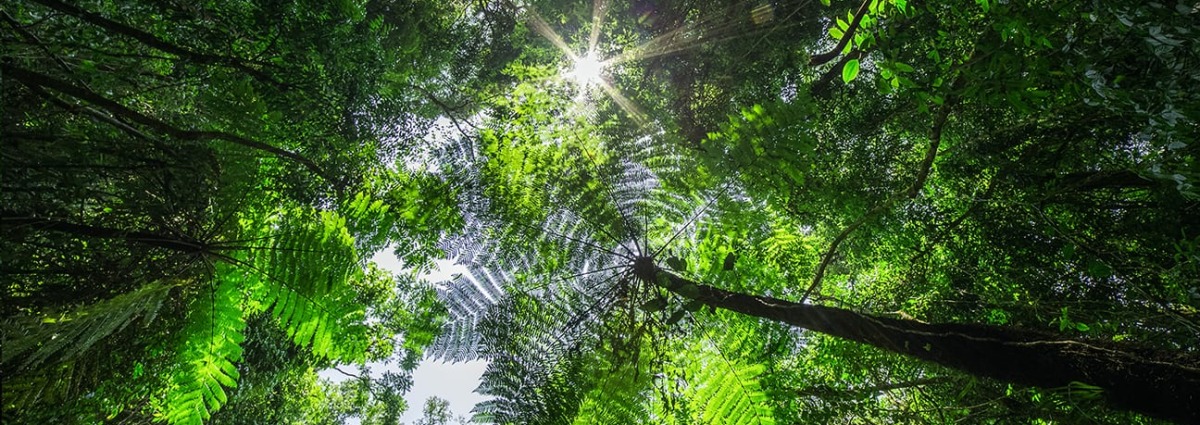
Perfect Score from Charity Navigator. We Value Transparency.
Conservation work is critical, challenging, and can be costly. We work hard to ensure we raise only the funds needed for each project. In the rare case we raise more money than needed or a project comes in under budget, excess monies will be transferred to the Conservation Action Fund. This fund supports our important conservation work throughout the tropics.
Learn more about the Conservation Action FundLearn more about the Conservation Action Fund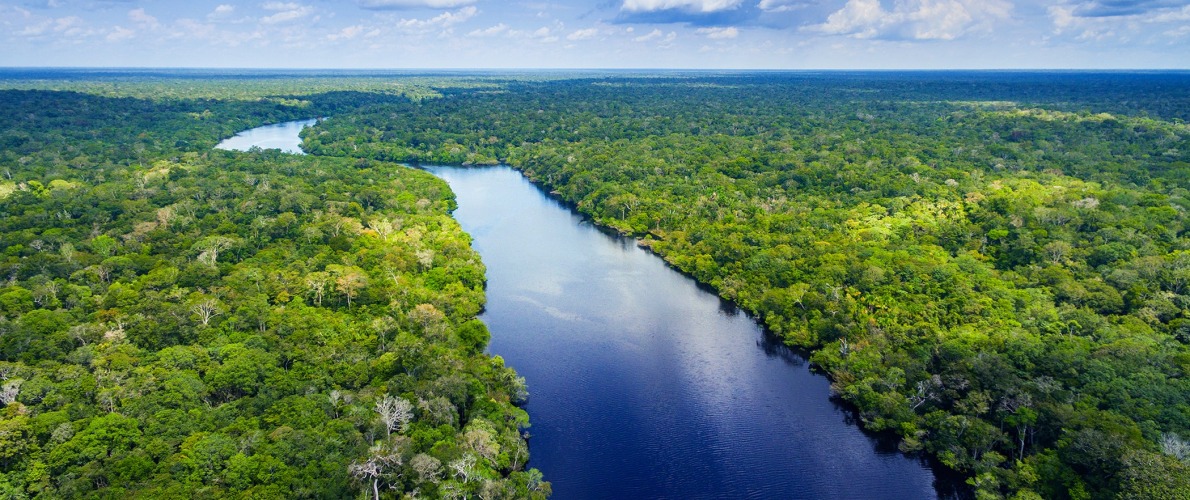
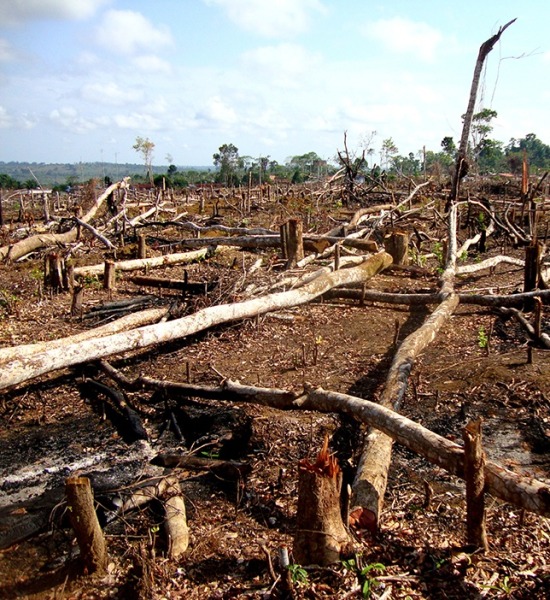


Partnering to Save Rainforest
Our partners’ ability to work with their governments and build strong connections with local communities ensures the successful implementation of our projects.
Learn More About This PartnerLearn More About This Partner
